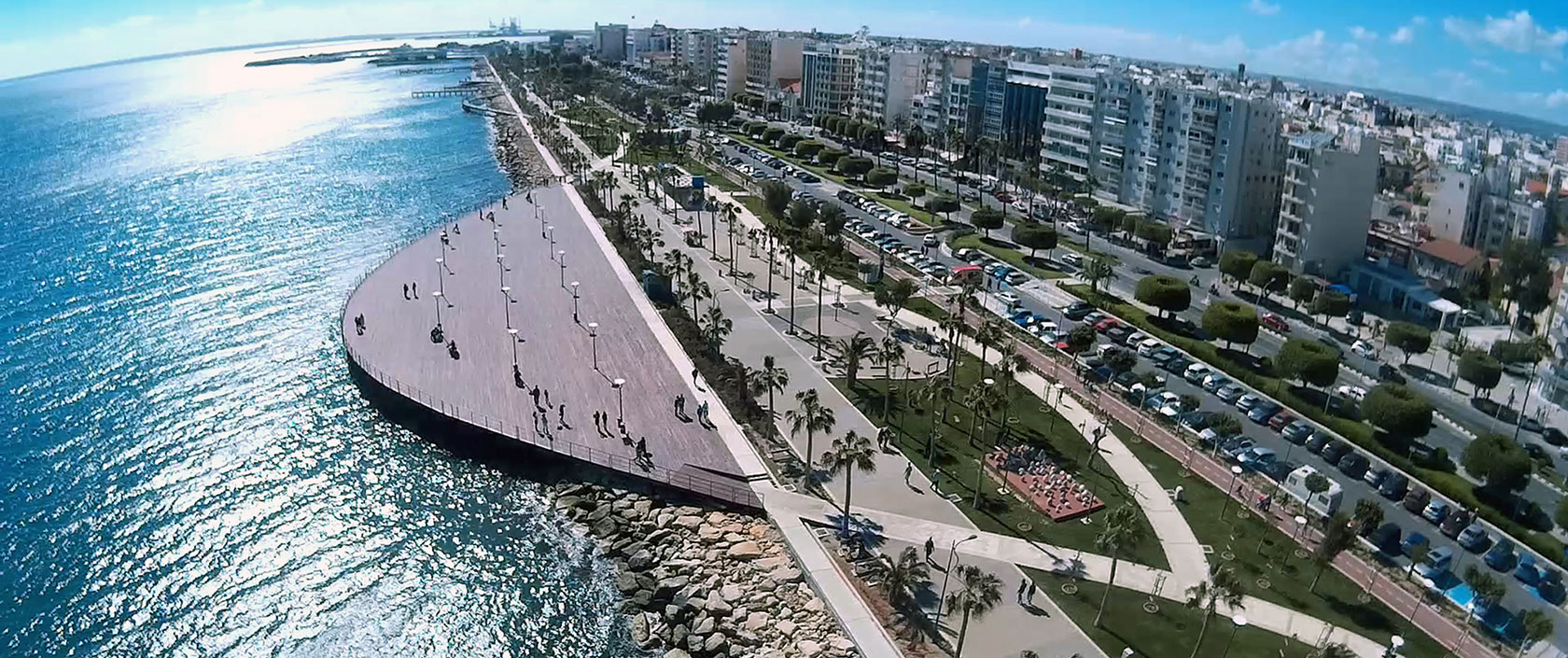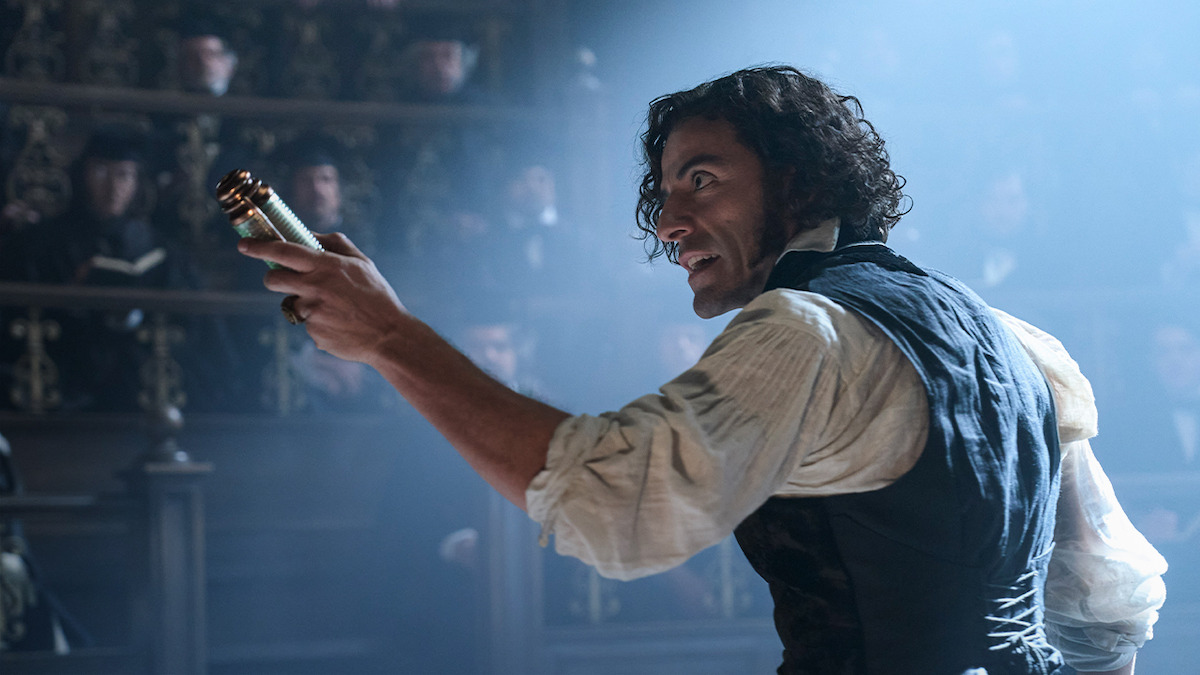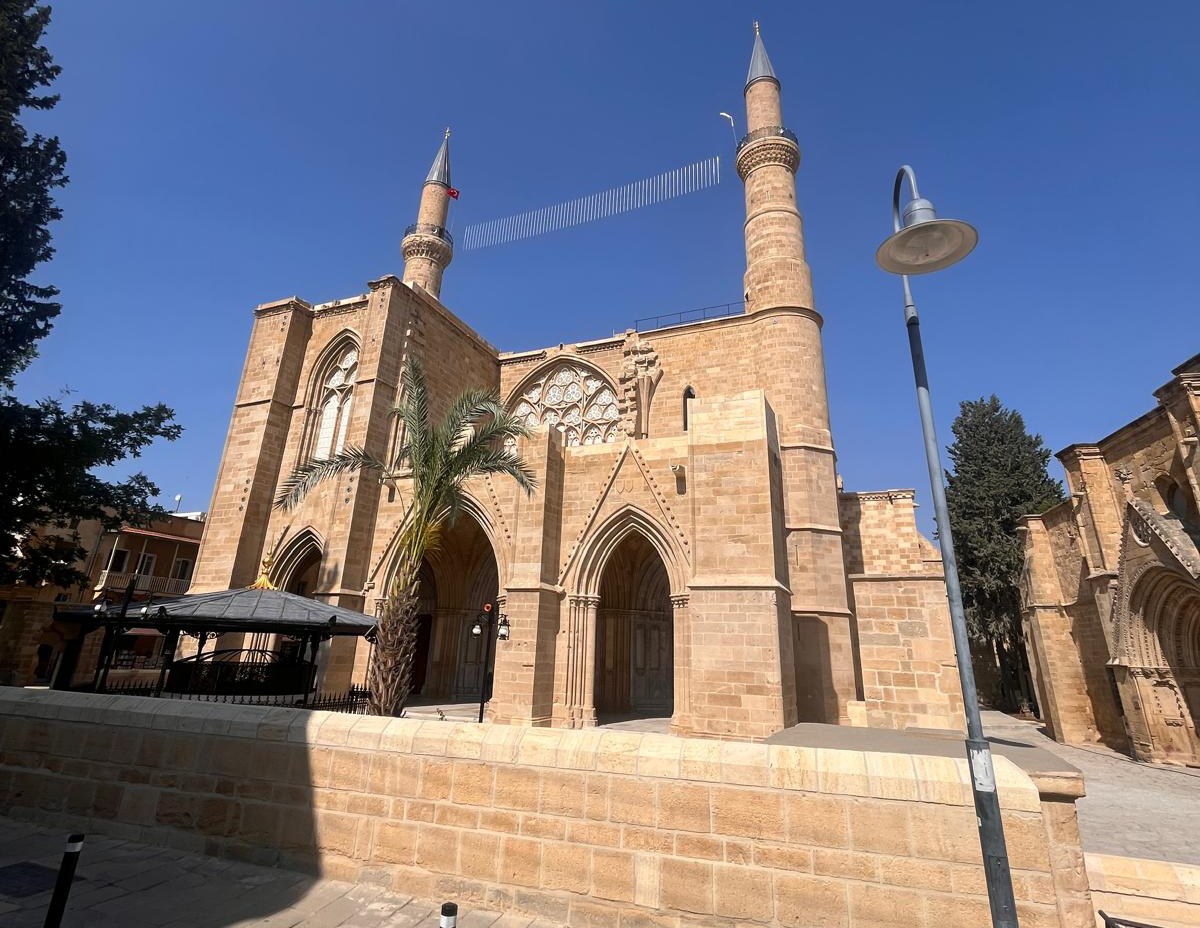Art lead, Daria Babkovskaya, explains how AI tools in marketing art improve the creative workflow
Daria Babkovskaya, promo art lead at Cubic Games, says artificial intelligence tools are helping the studio’s marketing designers cut production time by up to 60 per cent, dramatically streamlining creative workflows and boosting efficiency across both video and promo art teams.
Cubic Games, where Babkovskaya leads the promotional art output, is a video game development studio based in Limassol, Cyprus, best known for its flagship title, Pixel Gun 3D.
Established in 2005, the company has become a major player in mobile gaming, with over 300 million installs across its portfolio.
In January 2022, Cubic Games was acquired by Nexters Global, a Cyprus-based gaming company.
Subsequently, in June 2023, Nexters rebranded as GDEV Inc., under which Cubic Games operates as a subsidiary. GDEV also includes studios such as Royal Ark, Game Gears, and RJ Games.
In her account of how AI is used across teams, Babkovskaya explained that both the dedicated video production team and the promo art team, responsible for static creatives, have integrated AI into their processes to enhance output.
“As a marketing art team at a video gaming company, we produce art for external platforms, marketing campaigns, marketplaces, Steam, and social media,” she said when speaking at AI Journal.
A vast flow of content needing to be reviewed and shared prompted the introduction of various AI tools into the creative process.
She noted that Cubic Games has already streamlined how it creates background images, icons, and animations for videos, with AI reducing 50 to 60 per cent of the time typically spent on marketing creatives.
To create promotional art, the team used to pre-render a 3D scene and then finalise the material with hand-drawn objects and post-processing.
According to Babkovskaya, with the introduction of AI, “we can now generate most of the environment automatically and skip the labour-intensive steps of setting up and rendering the scene entirely, replacing hours of work with just minutes of AI-driven generation.”
Now, instead of building a background from scratch in 3D, the team uses AI to generate it. “That’s half the battle won,” she said.
The time saved is redirected toward refining the image in graphic editors, adding effects, and improving the final result.
Babkovskaya described how the video production team combines various AI tools to speed up processes and unlock creative opportunities.
She said Runway is used to add movement and effects to static images, such as lightning or rain, or subtle zooms to set the tone.
This, she explained, has enabled the team to experiment with video formats they previously avoided due to technical difficulty.
“Now, we can quickly create clips, test how it looks, tweak it, and see if it works, all without a huge time commitment.”
She added that Kling AI breaks a multi-layered 2D design into parts, generating individual video clips after several tries.
An animator then assembles the parts, adding sound and text. “This reduces about 70 per cent of the manual work,” Babkovskaya said, as animators no longer need to animate 2D layers manually or build full 3D scenes from scratch.
Adobe Premiere Pro, she added, has proved useful for extending sequences or filling gaps during editing.
“For example, if we create a clip with a character walking, Premiere can extend the sequence by adding additional frames based on the existing animation,” she noted.
While the feature remains in beta, the team is already using it in production.
ChatGPT is also part of the setup, used to write scripts for Blender and automate repetitive tasks.
Meanwhile, Storyboard AI helps the team plan scenes and visualise the flow of each one, replacing traditional sketches.
“The AI focuses on action sequences rather than artistic style,” she said, describing it as “a key part of our video planning.”
On the static visuals side, Babkovskaya said the promo art team uses Midjourney, KREA AI, Photoshop’s AI features, and DALL-E.
She described Midjourney as “a must-have AI in marketing tool for designers,” particularly useful during brainstorming sessions. It allows the team to generate compositions and visualise ideas quickly without starting from scratch.
Midjourney also helps in creating game elements or high-quality promo visuals. “Sometimes, 3D models aren’t readily available, take a lunar crystal, for example.
It might exist only as a simple icon, without a detailed 3D model that can be tweaked or rotated,” she said.
While 3D neural networks like Hunyuan3D could be used, Babkovskaya said it’s faster to work with a pre-processed static image.
With Midjourney, “we can upload an image, select the model we need, and generate a cleaner version based on a written prompt,” she noted.
Though the tool doesn’t perfectly match the studio’s art style, it accelerates asset creation for items like gems, chests, coins, and crystals.
KREA AI’s greatest strength, she added, lies in its trainability.
“While Midjourney repeats styles but struggles with consistency, KREA AI learns quickly and adapts to specific artistic styles,” she said.
Babkovskaya explained that Pixel Gun, the studio’s game now in its 11th year, has a unique cubic art style developed over a decade.
“Many AI in marketing tools focus on smoother, casual styles that don’t fit our aesthetic,” she noted.
However, with KREA, the team trained the AI on just 50 pieces, making it a core part of the workflow.
“We create full backgrounds and illustrations that are ready for production once finalised.”
Compared with Stable Diffusion, which she said offers similar capabilities and is also trainable, Babkovskaya mentioned that KREA is more user-friendly.
“Its customisation requires a lot of tweaking and troubleshooting,” she said of Stable Diffusion. “In comparison to KREA, the training process takes longer and requires specific technical specifications for your computer, whereas KREA runs on its own servers.”
She also pointed out that KREA combines several neural networks into one platform, including Ideogram, used for generating designs, text layouts, and banners. “This tool is especially valuable for marketing purposes.”
Other features of KREA include real-time image generation, animation tools, a built-in upscaler, and a collaborative system where trained models can be shared with the team.
Photoshop’s AI is primarily used for resizing images. Babkovskaya said: “If you have a 5:3 image but need it in a higher 9:16 format, AI can smartly expand the image without sacrificing quality.”
This allows for rapid adaptation of visuals across different formats, such as for LiveOps promotions.
DALL-E is used to generate references and compositions. “This tool delivers quite good results for our cubic style,” she said, though it is not yet suitable for fully executing promo creatives. “It works well for developing concepts and references.”
Summing up her position, Babkovskaya said she considers herself “about 80 per cent an AI enthusiast,” and described AI as “an incredible tool” – but one that cannot replace human creativity.
She pointed out that “AI in marketing still requires humans who understand design at a professional level.”
It is crucial, she said, to recognise when AI-generated work needs adjustment and to know the right tools for the task.
“You can often tell if an image was generated by Midjourney because it mimics styles, making it obvious if no further editing was done,” she noted.
“AI-generated images rarely come out perfect, so I always advocate for post-processing.”
While some argue that AI has made it easier to become a designer, she said that a strong artistic foundation is still essential before fully relying on automation.
“Some people now specialise in AI-generated art, though it remains a niche field,” she concluded.. “If you’re both a traditional artist and an AI artist, that makes you incredibly skilled, you know what to do.”







Click here to change your cookie preferences